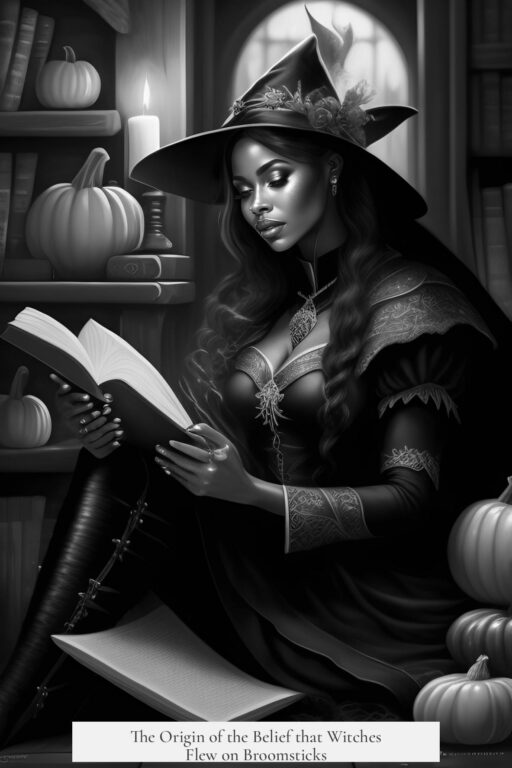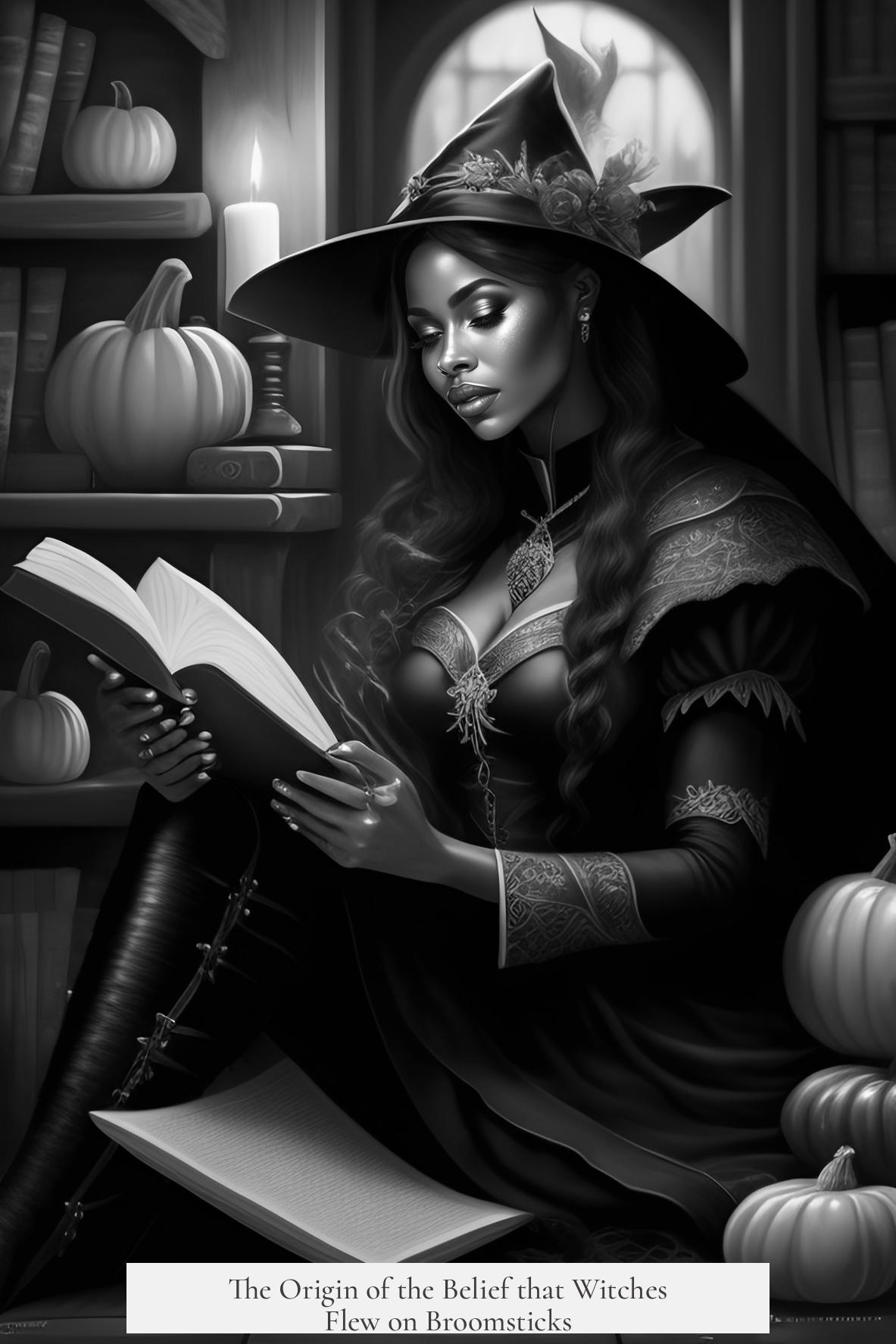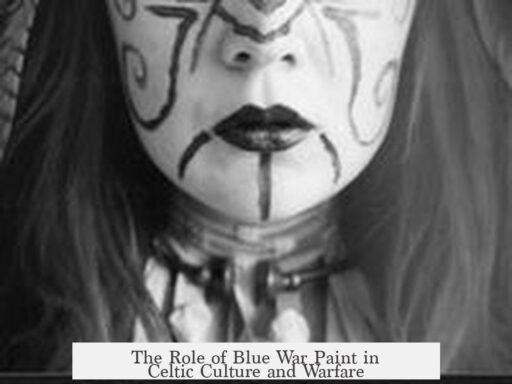The idea that witches flew on broomsticks starts in late medieval Europe, with evidence tracing back to around the mid-15th century. One of the earliest and most notable sources is the Burgundian manuscript, Invectives Against the Sect of Waldensians, dating to approximately 1460. It features one of the first known depictions of witches flying on broomsticks, marking a crucial point in the cultural iconography of witchcraft.
This manuscript describes witches flying to nocturnal gatherings where they engage in rituals such as dancing, feasting, and homage to the devil. The image of witches taking flight on household items like broomsticks likely symbolized a blend of fear, folklore, and societal anxieties surrounding witchcraft during that era.
The broomstick was not the only object associated with witches’ flight. Historical records and various texts from the period show witches flying on different implements and creatures. These include pitchforks, fire pokers (called “ofengabeln”), and even animals. Such variety reflects the broader mythos of witches’ abilities and the fantastical elements attributed to them rather than a strictly literal belief.
Hallucinogenic ointments also play an essential role in explaining the myth of flying witches. Contemporary scholars and historians suggest witches used ointments made from psychoactive plants and herbs to induce hallucinations. These substances were absorbed through the skin or mucous membranes, including sensitive areas like the vagina or rectum.
Research points to the practice of smearing these ointments on broomsticks or other household objects. The broomstick’s handle was used as a vehicle for administering these psychoactive compounds, which could cause sensations interpreted as flying. This idea offers a physiological basis for the myth, linking it to altered states of consciousness rather than literal flight.
Symbolically, the broomstick held significance beyond its practical use. Historian Brian Levack argues that the broomstick became the enduring image of witches in flight because it serves as a symbol of the female sex. This association could highlight the connection between witchcraft accusations and women, who comprised the majority of those accused.
Additionally, broomsticks were linked to pagan fertility rites and household rituals, which contributed to their mythological use as witchcraft devices. The broomstick’s dual role as a domestic tool and a fertility symbol may have cemented its place in witchcraft narratives.
The historical context is crucial. The Invectives Against the Sect of Waldensians was written during a period of intense witch hunts in Europe. These events were part of broader moral panics targeting alleged witches and heretics. The panic led to mass persecution, comparable to other historical moral panics like the McCarthy-era communist hunts. The broomstick imagery likely fueled public fear and shaped witchcraft accusations.
| Aspect | Explanation |
|---|---|
| Early Representation | First depiction in the 1460s Burgundian manuscript, shows witches flying to sabbaths on brooms. |
| Other Flight Modes | Witches also flying on animals, pitchforks, or unassisted in folklore. |
| Hallucinogenic Ointments | Used to induce altered states; ointments absorbed via skin or mucous membranes contributed to flying sensations. |
| Symbolism | Broomsticks symbolize female sexuality and fertility, highlighting gender roles in witchcraft accusations. |
| Historical Context | Witch hunts and moral panic in late medieval Europe set the cultural stage for these ideas. |
In summary, the image of witches flying on broomsticks represents a convergence of medieval cultural fears, symbolic representations, and possibly real practices involving hallucinogenic substances. The broomstick became the dominant symbol due to its connection to women and domestic life. This association emerged during a period of intense persecution and social anxiety fueled by moral panic.
- The earliest known depiction dates to the 1460s Burgundian manuscript.
- Witches were believed to fly on various items, not only broomsticks.
- Hallucinogenic ointments created sensations interpreted as flying.
- The broomstick symbolizes female sexuality and fertility.
- The image reflects medieval moral panic and witch hunts context.




